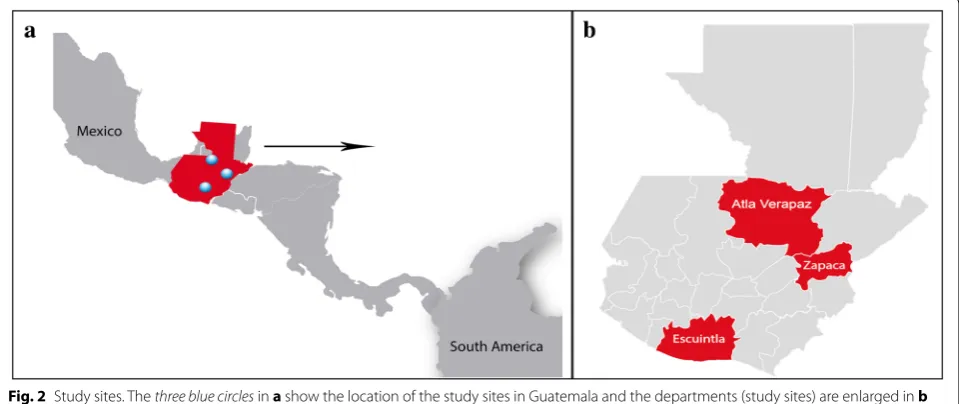Malaria elimination challenges in Mesoamerica: evidence of submicroscopic malaria reservoirs in Guatemala
Full text
Figure



Related documents
Abbreviations used: IHCL, intrahepatocellular lipid; Imm-RDI, imme- diate recommended daily intake; Inc-AA, incremental delivery of amino acid; NEON, Nutritional Evaluation
The mode of death was allocated to five groups; (a) brain death (BD), BD was defined according to the Dutch crite- ria [11], (b) failed cardiopulmonary resuscitation (failed CPR),
Both groups had five dynamic balance assessments with a Biodex Stability System (anterior/posterior, medial/lateral, and overall balance index) before, during and after the
Les réflexions qu’on lira ici, de nature essentiellement méthodologique et programmatique, s’insèrent dans le cadre d’une enquête menée sur des objets spécifiques :
Therefore, the aim of this study was to assess the status of Metered dose inhaler technique, associated factors and its impact on Asthma control among adult patients with
One US study [43] evaluated the effectiveness of patient and/or physician interventions (including targeting part- ners) to increase men's utilization of preventive health-
Their co-occurrence and rise in frequency in mosquito vector populations in Cameroon testifies of the ongoing geographical spread of both alleles invading wild Anopheles
Thus, due to the greater body heat storage, lactating cattle showed higher body temperatures compared to the non-lactating cattle (Araki et al., 1984; El-Nouty et al., 1990)..